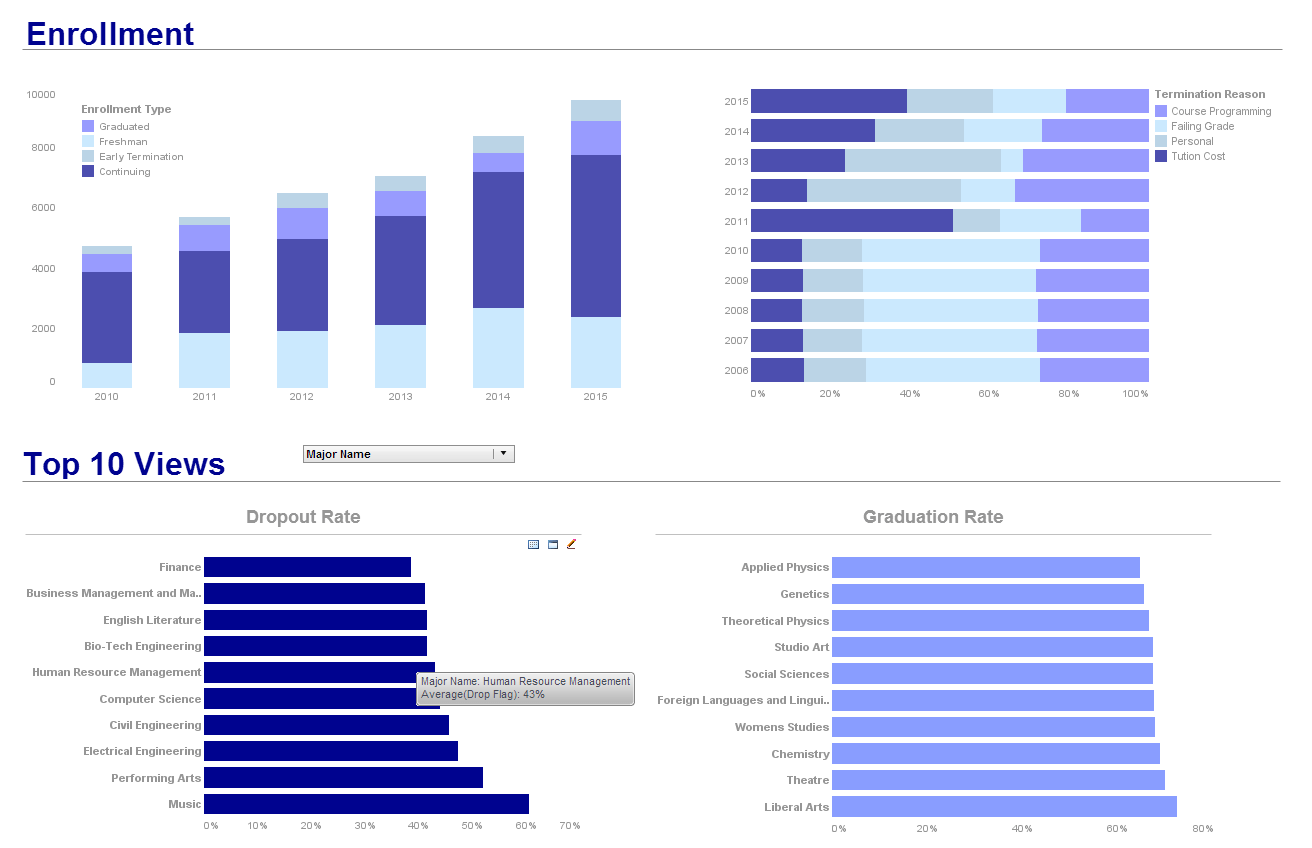InetSoft Webinar: Quicker and Better BI
This is the continuation of the transcript of a Webinar hosted by InetSoft on the topic of "Is Quick Business Intelligence Better Business Intelligence?" The speaker is Mark Flaherty, CMO at InetSoft.
So we are actually looking for quicker and better BI, and let me add to that it's not just quicker and better in one area, it's actually quicker and better in both the development of a BI dashboard or report, and the end-user access when it comes to the use of business Intelligence. We have got these two sides of the coin, these two aspects that we have to deal with.
I have added in this picture of Rolls Royce, of a jet fighter whose engine is being developed by Rolls Royce, and those of you who know Rolls Royce know that they not only make high quality cars but they make fast jet engines as well. So that’s what I am trying to get at here. We are trying to do quicker and better on two sides, both the development and the access.
On the BI development side over the next number of slides I am going to talk about three areas. I am going to talk about reduced scope, modeling, and design. That’s number one. I am going to talk about the need for data-driven design, and I am going to talk about a hybrid agile BI technique.
Those three aspects together lead us to providing a development environment which is both quicker and better, and on the right hand side I am going to talk about appliances in BI tools which enhance storage. I am going to talk about virtualized access and metadata-driven usage. Those three together create the environment which users can access and utilize information in a quicker and better way.
| #1 Ranking: Read how InetSoft was rated #1 for user adoption in G2's user survey-based index | Read More |
So let’s get going. Let’s move into the BI development list and talk about aspect number one, reduced scope, modeling, and design. I do a lot of work with customers worldwide, and one of the things that often strikes me as I move into a project is that the first people I meet, the IT folks, the people who are involved in design and the architecture of the project, they tend to want to take out a blank sheet of paper and start drawing a data model from scratch. And I really have to say guys, hang on a minute, do you really have nothing to start with beyond this blank sheet of paper?
My experience is that old BI development is actually now green field development. In other words, there are existing buildings. They may be ugly. There are existing roads. There are existing pathways that may not be as modern and as elegant as you might like, but there is a wealth of information that already exists. So there has been prior modeling work, prior design work and at the very least, there are people who have experience with what was done in the organization, how it was built, what BI solutions were needed, and this is very important. We do not need in my opinion, in oh, I don’t know, 99% of the cases we do not need to start from scratch. So we are talking about reducing the scope of modeling and design.
The second thing is, and I have been pointing this out for years because industry standard models have existed for more than 15 years. In fact, I worked for IBM in the ’90s and they had an extensive banking and insurance data model available, and it’s still available today. These have been proven in many implementations, and of course they are not alone. Other vendors and other consultants provide standard models. And the experience that I have with these models is that often only minimal customization is needed to make them work well. Again, what does that mean? That means that you can step back and reduce scope of your modeling. And in the past, the modeling and the design phase has been one of the longest phases of BI design.
 |
View a 2-minute demonstration of InetSoft's easy, agile, and robust BI software. |
We are now going to move to our live question and answer part of the show. Okay. It looks like our first question is data cleansing. Is data cleansing typically high and under-scoped in both the effort and expense to maintain. How can this be addressed?
It’s always been the case that data cleansing has been the bugbear of data warehousing without any doubt. What I have tried to show in my presentation is that because we have begun to get a better handle on some of the design points in the data warehouse, that process is beginning to drop in cost. So with aspects like data-driven design, with aspects like reduced scope, modeling, and design, that gives us the opportunity to drive down some of those costs, but they are certainly never going to go away. My observation would simply be that as I have dealt with clients over the last few years, those costs are beginning to drop.
The bigger challenge is always data Having the data in the right format is critical. And so in InetSoft's data access engine, one of the things we do is we do have some basic data cleansing capabilities so that as you start working with data. You don’t have to go back to the database to clean certain things up. You can actually do things like data blending to merge different data sets together. You can enrich the data or you can change the data directly in the report, not the actual cells but the actual labels that are in there. So there are lots of different ways of doing it, but obviously if you have dirty data then it makes you hard to get your full result.
One other point that I might add to that is that what I have also found, and this is coming back to the front-end part, as one gets into a much more interactive view and working with the information, the actual users being the information authorities, they begin to become involved much earlier in the process of defining what is clean data. So it becomes a much more iterative process.
| Previous: Is Quick Business Intelligence Better Business Intelligence? |


